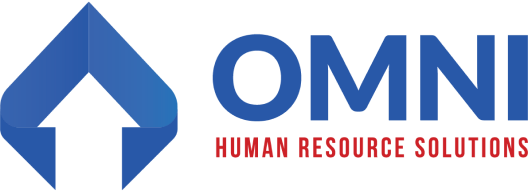
Organizations most commonly discover an employee’s reason for leaving when they conduct an exit interview with a departing employee. But being proactive in creating a well administered stay interview process helps employers improve workplace culture, increase employee engagement, and retain employees who might otherwise be tempted to leave the organization (image by Shutterstock).
Organizations most commonly discover an employee’s reason for leaving when they conduct an exit interview with a departing employee. Done well, the exit interview process allows the employer to glean invaluable information about how to improve workplace culture and increase employee engagement for their remaining workers. However, the information gained in this manner comes too late to retain the departing employee, which can be too high of a cost to the employer organization. But what if there was a way to get that information without losing the employee?
There’s good news for employers on this front. Employers can conduct “stay interviews,” the perfect tool for identifying and intervening to keep potential problems from becoming major ones that result in valued employees walking out the door.
What is a stay interview?
In a stay interview, a supervisor sits down with their direct report for an in-person, one-on-one conversation about what the employee values about his or her job and what could be improved. While employee satisfaction surveys can be of great value, a stay interview adds the dimension of two-way conversation, along with an opportunity to ask follow-up questions about particular points, ultimately helping to create avenues of open communication and build trust, demonstrating to employees that their thoughts and opinions are valued.
Making a consistent, sustained effort to gain insights from employees allows the employer to nip problems in the bud before they lead to significant turnover. Employees have a lot of great ideas, but they may not have the opportunity to pass them along, or even think to do so. The stay interview offers a built-in way to solicit ideas and potentially incorporate them into the organization’s culture. This way, leaders have much more than their own assumptions or workplace gossip to rely on in making decisions that impact employees. This process leads to better organizational retention, as well as increased motivation, commitment, and productivity.
How and when to conduct a Stay Interview
A one-on-one setting is vital to the success of a stay interview; conducting say interviews with small groups of direct reports will make employees less comfortable about sharing honest feedback, compromising the process. A stay interview should serve as a purposeful and deliberate stand-alone meeting and should never be part of an annual performance review meeting. Nor should it be sandwiched in with another type of meeting.
Invite an employee to a stay interview by explaining its purpose: e.g., “We value you as an employee. We would like to gain your insights about what we are doing well as an organization and how we can do better.” Explain that the process is a key part of company culture. Doing this communicates to the employee that they are valued, and their feedback is welcomed, increasing the likelihood they will share both positive and constructive feedback about the organization or department.
For a new hire, the first stay interview should occur at about six months of employment and annually after that. In essence, the process serves as the employee’s “performance review” of their employer organization. However, building some flexibility into the process is important, so that the employer can conduct a stay interview if an employee seems disengaged. Fostering open dialog can make all the difference in whether valuable employees decide to stay with an organization.
While some employers only interview their best performers – employees who would be the most difficult to replace if they left – we believe the best practice is to include all employees in your stay interview process. By doing so, you can positively impact the attitudes, engagement, and performance of all employees, even those who are less engaged. Employees who believe an employer cares about their opinions are far more likely to take responsibility for an organization’s success, be proactive in approaching a supervisor with a concern, and ultimately stay longer.
What should I ask?
It’s best not to provide the employee with the questions ahead of time; doing so will lead to scripted answers. Ask meaningful questions, starting with questions that break the ice. The list below offers some basic questions, but the best stay interview incorporates flexibility; so be sure to follow up on responses that aren’t clear and invite employees to provide more detail or illustrate their comments with specific examples.
- What are the top one or two reasons you like working here?
- What do you least enjoy about your role, your department, and/or the organization?
- How do you like to be recognized for doing a good job?
- What would make you feel more supported in your job?
- How would you describe your interaction with your work group/team? (1-10 with 1 = I have challenges with them; 10 = I love working with this group of people)
- What company events/programs do you find to be most meaningful?
- Would you refer others to work here?
- Is there anything that we need to know about this organization, its culture, our customers, public perceptions, etc.?
- Is the workload appropriate?
- Do you feel your knowledge and skills are fully utilized?
- What would you like to be doing in the long term at our organization?
Use feedback to make meaningful change
It’s not enough to ask good questions during a stay interview; an organization must also commit to using employee feedback to improve the employee experience and the organization. Employees who believe that their feedback is going into a void of inaction will lose trust and stop offering candid and useful feedback, making the process a sham. Organizations that commit to investing time and energy into an effective stay interview process will be the most successful in engaging employees and retaining top performers.
